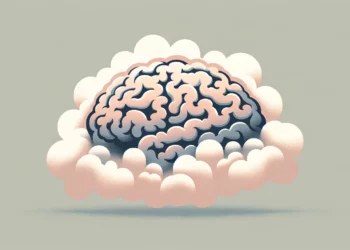The spread and threats of obesity have oftentimes be likened to an epidemic. Now that a genuine epidemic is running rampant throughout the world, physical activity has lessened even further as people are forced to remain indoors, often locked inside with copious amounts of food and nothing better to do.

About 18.5% of children and adolescents in the United States are obese, accounting for 13.7 million children and adolescents. Hispanics (25.8%) and non-Hispanic blacks (22.0%) had higher obesity prevalence than non-Hispanic whites (14.1%), according to the latest official figures from the CDC.
Trapped at home with calorie-rich top-shelf food and virtually no exercise
According to Andrew Rundle, associate professor of epidemiology at Columbia University, the closure to state schools might double out-of-school time in 2020 for most American children.
Although there’s something to be said about the quality of food served in schools, as well as the lack of physical activity, staying at home seems to be worse. Studies have previously shown that during the summer months when they out of school, most children put on weight. This is particularly apparent in Hispanic and African-American youth, as well as children who were already overweight.
“There could be long-term consequences for weight gained while children are out of school during the COVID-19 pandemic,” said Rundle in a statement. “Research shows that weight gained over the summer months is maintained during the school year and accrues summer to summer. When a child experiences obesity, even at a young age, they are at risk for higher, unhealthy weight, all the way into middle age.”
Out-of-school time due to home quarantine might be even worse than the typical recess during summer months. That’s because most households stock up on shelf-stable foods, which pack a lot of calories and are ultra-processed.
During the summer, kids would also venture outside the house to play sports. However, social distancing and orders to stay at home reduce the opportunity for physical exercise.
In order to reduce the risk factors associated with unhealthy weight gains for children during the pandemic, the researchers recommend several interventions. For instance, the authors recommend offering grab-and-go meals paid for by schools, which should be offered via buses running regular pick-up routes. This is to avoid food insecurity, which is also associated with unhealthy weight gain among school children, as people with precarious financial situations tend to buy calorie-rich, nutrient-poor food.
Farmer markets, which are usually stocked with fresh and healthy produce, should remain open while maintaining social distancing rules. Finally, schools should introduce remote lessons that teach kids how to remain physically active at home.
“The COVID-19 pandemic is responsible for widespread sickness and death, straining healthcare systems, shutting down economies, and closing school districts,” says Rundle. “While it is a priority to mitigate its immediate impact, it is important to consider ways to prevent its long-term effects, including new risks for childhood obesity.
The opinion piece was published in the journal Obesity.






